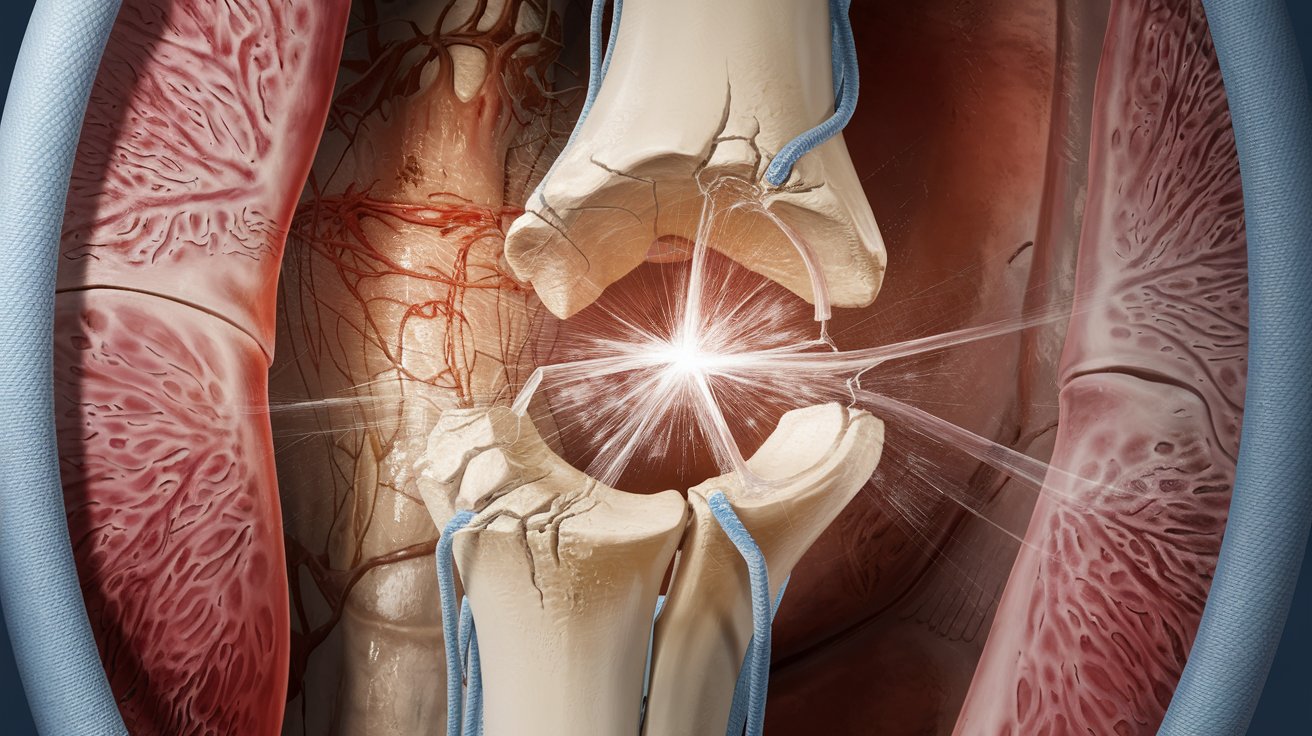
Shepherd Fracture might sound like a term from a medical drama, but it's a real condition affecting the foot. Specifically, it involves a break in the lateral tubercle of the posterior process of the talus bone. This injury often occurs in athletes, especially those involved in high-impact sports like soccer or basketball. Symptoms include pain, swelling, and difficulty walking. Treatment ranges from rest and ice to surgery, depending on the severity. Understanding this condition can help in recognizing symptoms early and seeking appropriate care. Let's dive into 30 intriguing facts about Shepherd Fracture to better grasp its impact and management.
Key Takeaways:
- Shepherd Fracture is a rare foot injury named after a shepherd's crook. It causes pain, swelling, and limited mobility, often requiring X-rays and immobilization for treatment.
- Recovery from Shepherd Fracture involves rest, gradual weight-bearing, and rehabilitation exercises. Prevention includes proper footwear, avoiding high-impact activities, and a healthy diet for bone health.
Understanding Shepherd Fracture
A Shepherd Fracture is a specific type of injury that affects the bones in the foot. It's named after the shepherd's crook due to the shape of the fracture. Here are some intriguing facts about Shepherd Fractures.
-
Named After a Crook: The fracture is named because the break resembles a shepherd's crook.
-
Involves the Talus Bone: This injury specifically affects the talus bone, one of the key bones in the ankle.
-
Rare Occurrence: Shepherd Fractures are relatively rare compared to other types of foot fractures.
-
Sports Injuries: Athletes, especially those in high-impact sports, are more prone to this type of fracture.
-
Painful Condition: This fracture can cause significant pain and discomfort, making walking difficult.
Causes and Symptoms
Understanding what causes a Shepherd Fracture and its symptoms can help in early diagnosis and treatment.
-
High-Impact Trauma: Often caused by high-impact trauma, such as a fall or car accident.
-
Repetitive Stress: Repetitive stress on the foot can also lead to this type of fracture.
-
Swelling and Bruising: Common symptoms include swelling and bruising around the ankle.
-
Limited Mobility: Those with this fracture often experience limited mobility in the affected foot.
-
Tenderness: The area around the fracture is usually tender to the touch.
Diagnosis and Treatment
Proper diagnosis and treatment are crucial for recovery from a Shepherd Fracture.
-
X-Rays: X-rays are typically used to diagnose this type of fracture.
-
MRI Scans: In some cases, MRI scans may be needed for a more detailed view.
-
Immobilization: Treatment often involves immobilizing the foot with a cast or brace.
-
Surgery: Severe cases may require surgical intervention to repair the bone.
-
Physical Therapy: Physical therapy is often necessary to regain strength and mobility.
Recovery and Rehabilitation
Recovery from a Shepherd Fracture can be a lengthy process, but with proper care, full recovery is possible.
-
Rest: Rest is essential for the healing process.
-
Gradual Weight-Bearing: Gradual weight-bearing on the affected foot is recommended.
-
Pain Management: Pain management may include medications and ice packs.
-
Follow-Up Appointments: Regular follow-up appointments with a healthcare provider are important.
-
Rehabilitation Exercises: Specific exercises can help strengthen the foot and improve mobility.
Prevention and Long-Term Care
Preventing a Shepherd Fracture and ensuring long-term care can help avoid future complications.
-
Proper Footwear: Wearing proper footwear can help prevent this type of injury.
-
Avoid High-Impact Activities: Avoiding high-impact activities can reduce the risk of fractures.
-
Strengthening Exercises: Regular exercises to strengthen the foot and ankle can be beneficial.
-
Healthy Diet: A healthy diet rich in calcium and vitamin D supports bone health.
-
Regular Check-Ups: Regular check-ups with a healthcare provider can help monitor bone health.
Interesting Tidbits
Here are some lesser-known facts that might surprise you about Shepherd Fractures.
-
Historical Cases: Historical records show that even ancient warriors suffered from this type of fracture.
-
Veterinary Medicine: Shepherd Fractures are also seen in animals, particularly in dogs.
-
Named by a Surgeon: The term was coined by a surgeon who noticed the crook-like shape of the fracture.
-
Not Always Visible: Sometimes, the fracture isn't immediately visible on an X-ray and requires further imaging.
-
Rehabilitation Innovations: New rehabilitation techniques are constantly being developed to improve recovery outcomes.
Final Thoughts on Shepherd Fracture Facts
Shepherd fractures, often linked to athletes, can be quite a challenge. These fractures occur in the talus bone, specifically the back part, and can cause significant pain and mobility issues. Recognizing symptoms early, like swelling and tenderness, is crucial for effective treatment. Rest, ice, compression, and elevation (RICE) are initial steps, but severe cases might need surgery.
Understanding the causes, such as repetitive stress or acute trauma, helps in prevention. Proper footwear, conditioning, and avoiding overuse are key. If you suspect a shepherd fracture, consult a healthcare professional promptly. Early diagnosis and treatment can make a big difference in recovery time and overall outcome.
Stay informed, take care of your feet, and you'll be better equipped to handle or prevent this injury. Knowledge is power when it comes to your health.
Frequently Asked Questions
Was this page helpful?
Our commitment to delivering trustworthy and engaging content is at the heart of what we do. Each fact on our site is contributed by real users like you, bringing a wealth of diverse insights and information. To ensure the highest standards of accuracy and reliability, our dedicated editors meticulously review each submission. This process guarantees that the facts we share are not only fascinating but also credible. Trust in our commitment to quality and authenticity as you explore and learn with us.
